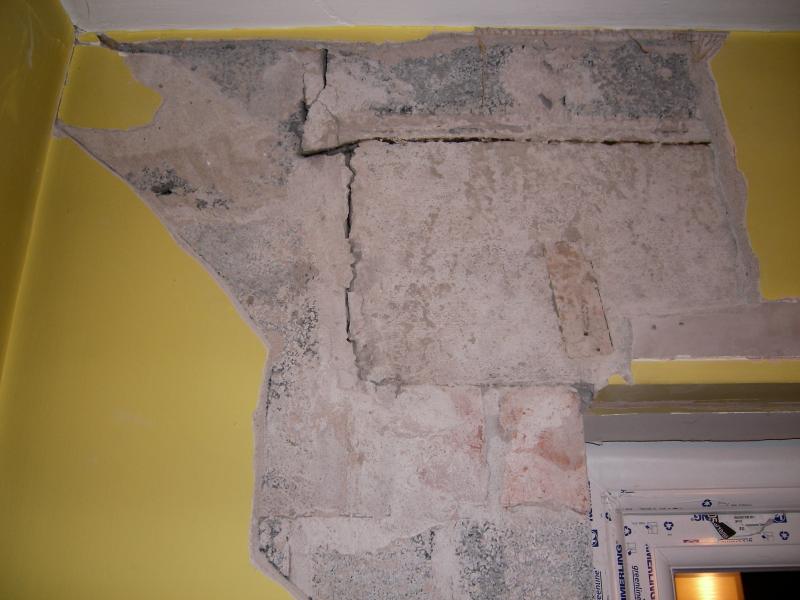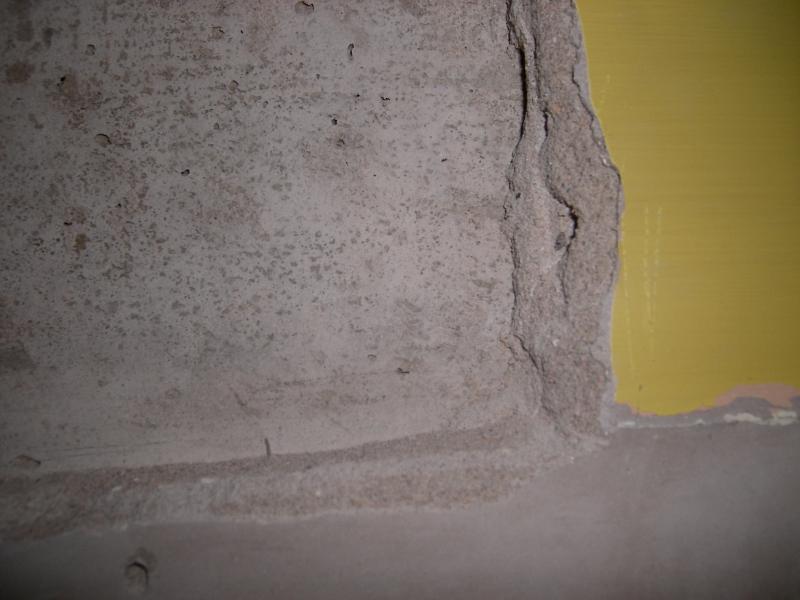Hi all,
I'm after a spot of advice on fixing moderate areas of plaster cracking.
I've just moved into a new place which was buit circa 1970s. The brickwork is sound but there are are a few cracks in the plaster. (The survey was all clear, and mentioned that the foundations are on clay which can lead to plaster cracking - but no cause for concern e.g. subsidence). The plaster is all directly onto brick and grey in colour (base coat & finish coat). It has not been drylined with plaster board.
I'm now looking at remedying the situation - beyond pollyfilla.
The previous owner never wall papered and so makes life a bit easier - only emulsion paint. Where the plaster needs some attention and there are cracks, (from tapping it) it sounds like it is no longer firmly bonded to the brick and sounds a bit hollow. On either side of a crack there may even be a fractional difference in height in some cases. These areas are typically only a small portion of a wall and most of a given wall can be fine.
Where the plaster needs some attention and there are cracks, (from tapping it) it sounds like it is no longer firmly bonded to the brick and sounds a bit hollow. On either side of a crack there may even be a fractional difference in height in some cases. These areas are typically only a small portion of a wall and most of a given wall can be fine.
Therefore, I'm a bit relunctant to rip off all the plaster back to the brick for all the complete walls!
My initial thought is to take off any small parts that are very loose and 'patch them up'. I was thinking taking these small areas back to brick, PVA 5:1 coat, then a bonding coat to patch. With healthy plaster nearby, should be easier to get level.
I was also toying with whether a cut piece of plaster board as a 'mini-dry lining' would be a possible alternative. (My concern was that it would mix up materials on the wall and be more likely to crack later )
)
Finally a skim over the top and feather in to blend in the healthy majority of the wall.
Any advice/tips/tricks gladly received !
I'm after a spot of advice on fixing moderate areas of plaster cracking.
I've just moved into a new place which was buit circa 1970s. The brickwork is sound but there are are a few cracks in the plaster. (The survey was all clear, and mentioned that the foundations are on clay which can lead to plaster cracking - but no cause for concern e.g. subsidence). The plaster is all directly onto brick and grey in colour (base coat & finish coat). It has not been drylined with plaster board.
I'm now looking at remedying the situation - beyond pollyfilla.
The previous owner never wall papered and so makes life a bit easier - only emulsion paint.
Therefore, I'm a bit relunctant to rip off all the plaster back to the brick for all the complete walls!
My initial thought is to take off any small parts that are very loose and 'patch them up'. I was thinking taking these small areas back to brick, PVA 5:1 coat, then a bonding coat to patch. With healthy plaster nearby, should be easier to get level.
I was also toying with whether a cut piece of plaster board as a 'mini-dry lining' would be a possible alternative. (My concern was that it would mix up materials on the wall and be more likely to crack later
Finally a skim over the top and feather in to blend in the healthy majority of the wall.
Any advice/tips/tricks gladly received !



